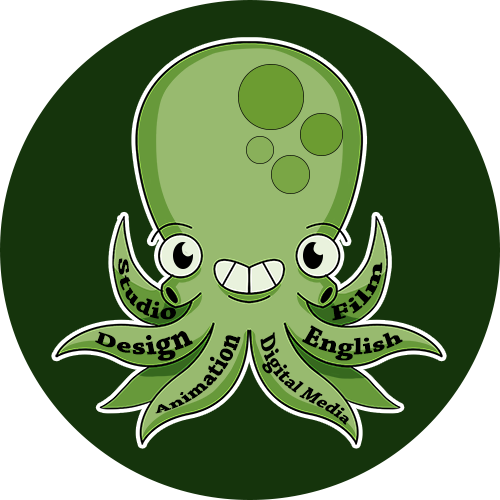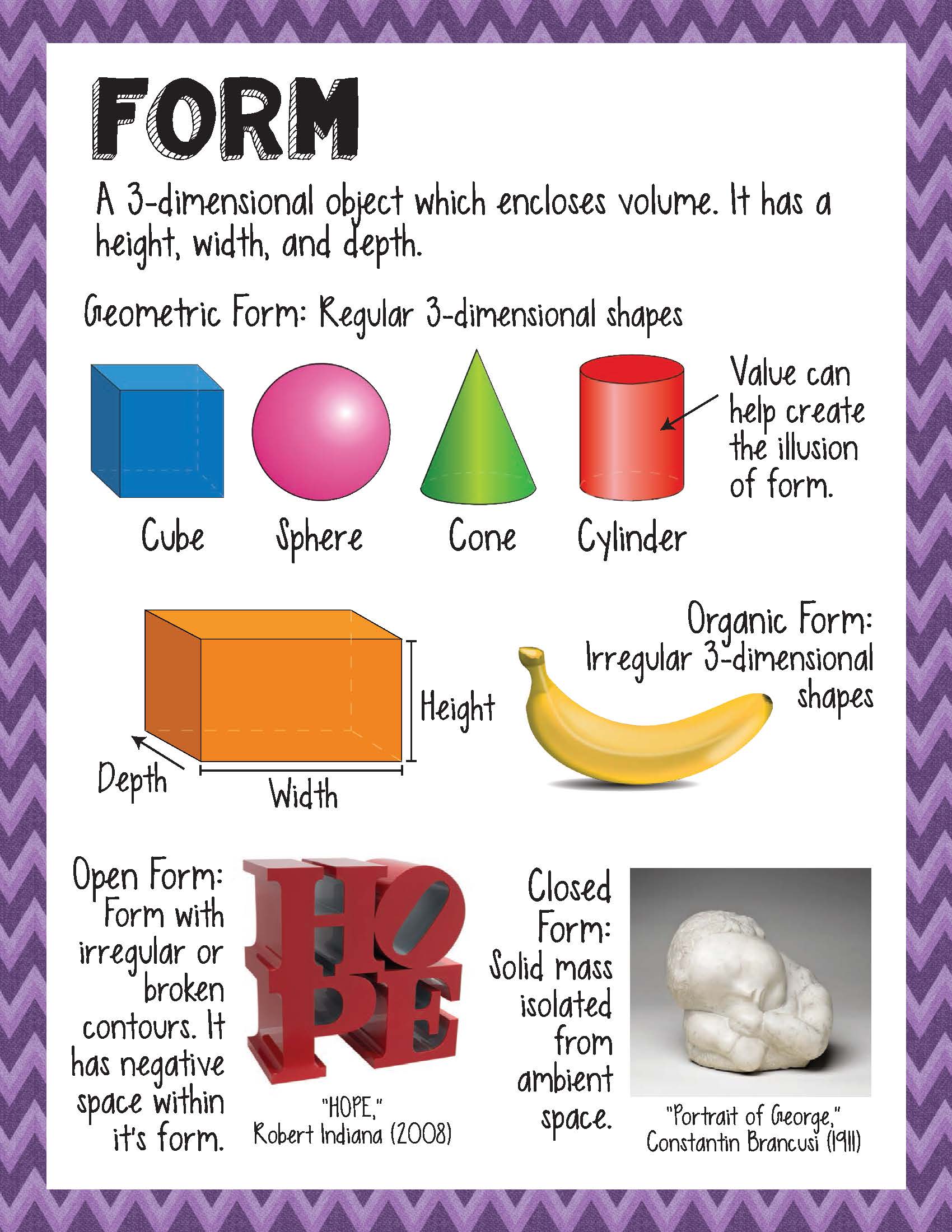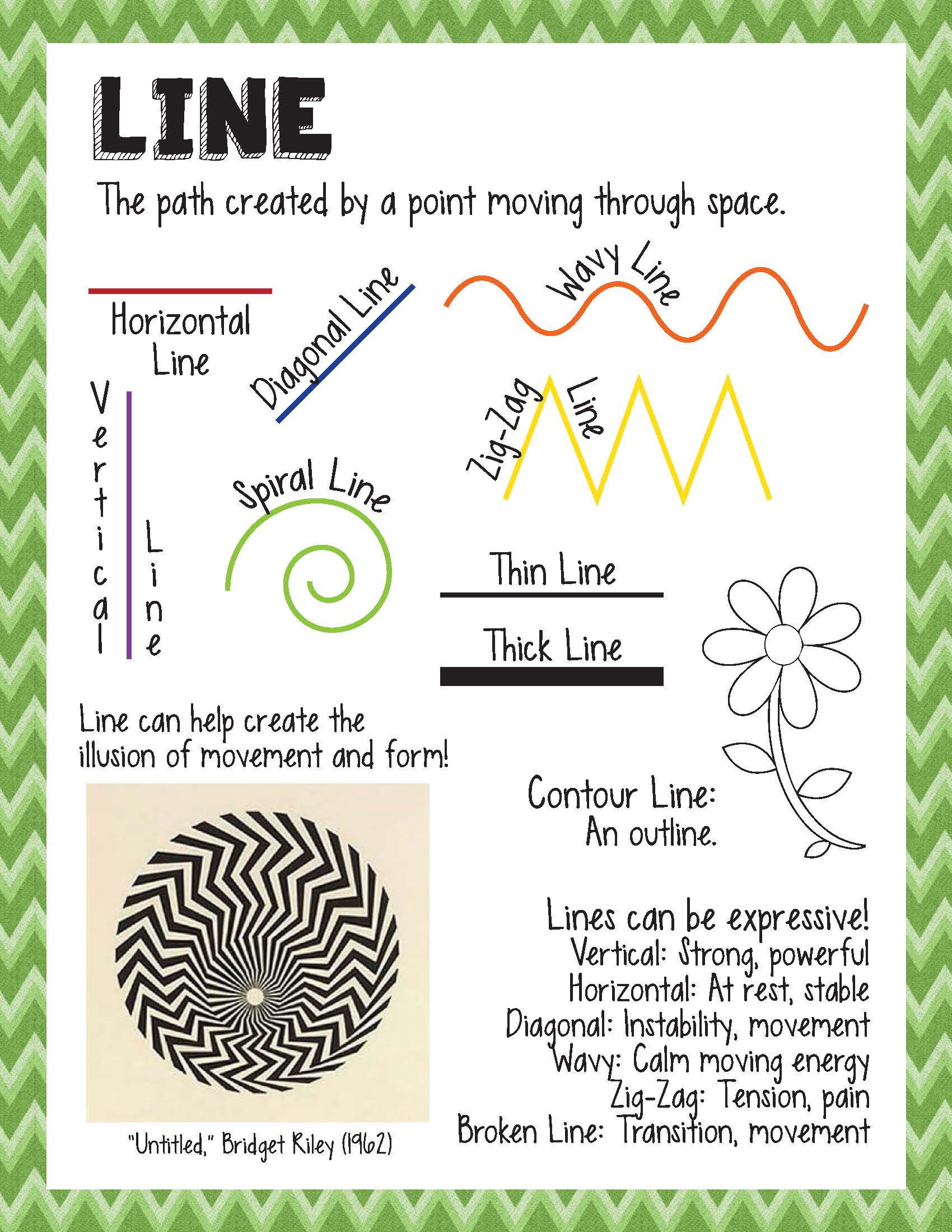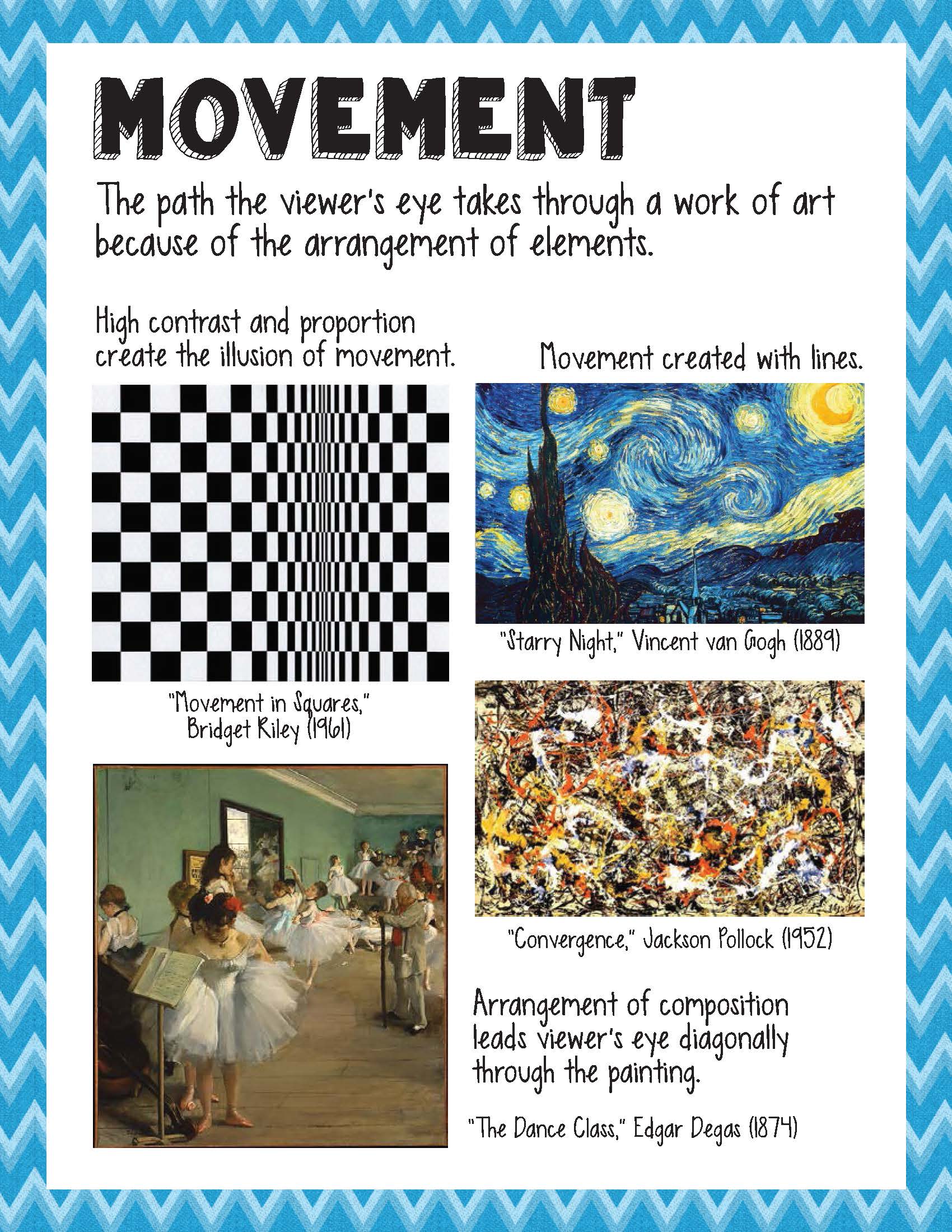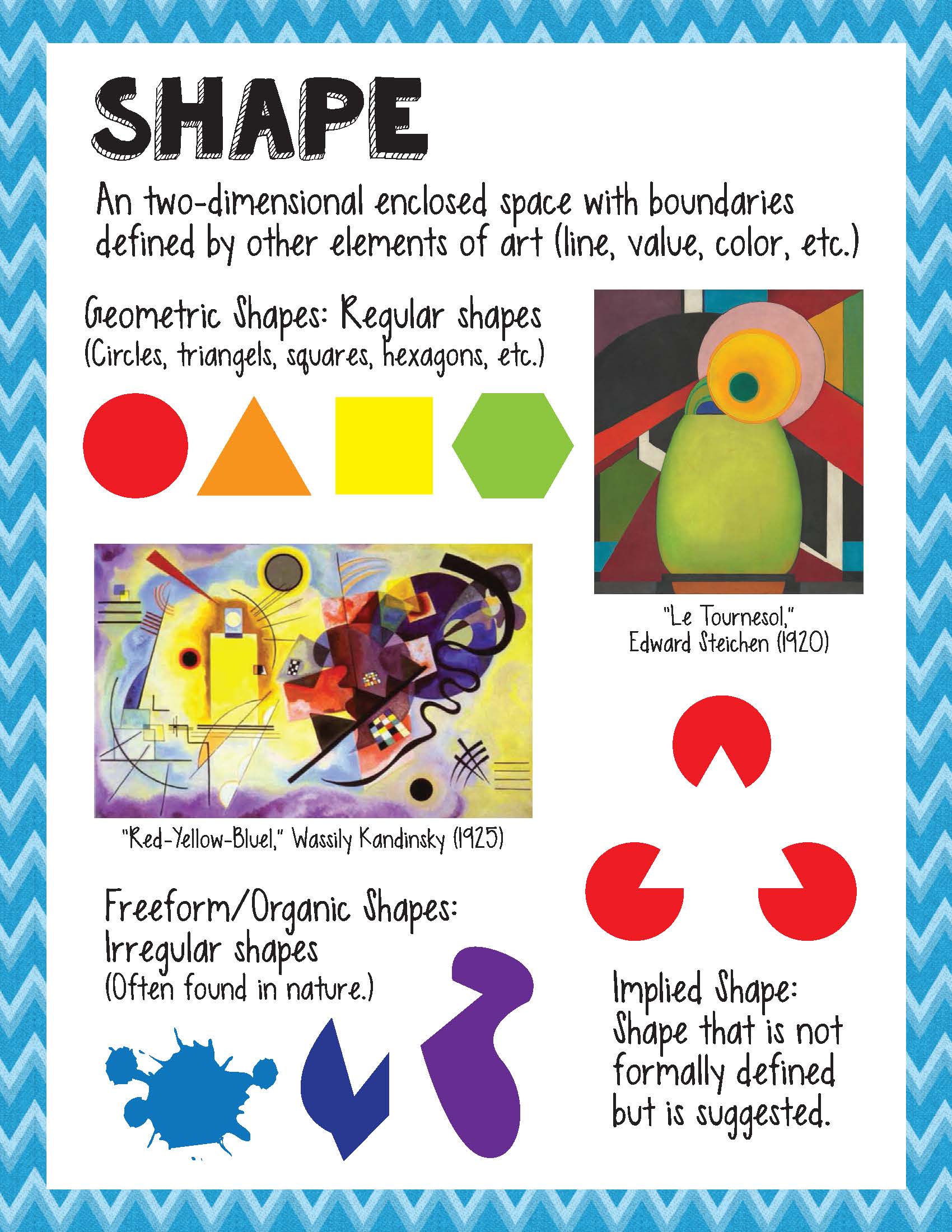Design
- General Info
- Junior Design 1
- Senior Design 2
- Resources
- About Instructor
Instructor: Leslie Parkinson
Email: Leslie.Parkinson@freestyleacademy.rocks or Leslie.Parkinson@mvla.net
Instructions for Exporting for Web Galleries
Junior Projects |
||||
| Class |
Conceptual
|
Visual Narrative
|
Documentary
|
Explorations
|
|---|---|---|---|---|
| English (1st required class) |
Who I Am (As a Writer) Reflection + SFMOMA Reflection Video |
Flash Fiction |
Sem 1: Presentation of Photography + Source Material Sem 2: Research-based Magazine Article |
Poetry, Who I Am Now (As a Writer) Reflection, Presentation of Self-Taught Media Skill |
| Digital Media (2nd required class) |
Computer Basics, Video Production, Photography, Web Development, Photo Blogs, Music Recording and Editing |
Coding for Web, Illustration Production, Magazine Publication, MIDI Music Composition |
||
| Design (3rd elective class) |
Photography, Conceptual, Photoshop |
Illustrated Creatures & Portrait Photography |
Documentary Book |
Explore a Topic of Your Choice |
| Animation (3rd elective class) |
Phenakistoscope Wheels, FlipBooks, Zoetrope Animations, Stop Motion Animations |
Lip Syncing, Puppet Character Bios, Poses, Walk Cycles, and Mood Scenes |
Animated Documentary |
Explore a Topic of Your Choice |
| Film (3rd elective class) |
Experimental Film |
Storyboards, |
Documentary Film |
Explore a Topic of Your Choice |
Senior Projects |
||||
| Class |
Reflections
|
Narrative Perspectives
|
Various, Zenith, Showcase & Exhibition
|
|
| English (1st required class) |
SFMOMA Art Curation + Personal Essay |
Worldbuilding: Poetry + Research Presentation |
Worldbuilding: Collaborative Story Treatment + Pitch Presentation Humor & Satire: Rhetorical Analysis of a Work of Humor + Performance/Recording |
|
| Digital Media (2nd required class) |
Personal Mandalas, Text Animations, HTML/CSS/JavaScript, Motion Graphic Animations, Image Compositing |
Music Recording and Mixing, 3D Layered Art, 3D Video Production, Personal Stationery, Senior Portfolio, & Showcase |
||
| Design (3rd elective class) |
PSAs |
Movie Posters/Book Jackets, |
||
| Animation (3rd elective class) |
3D Animation Overview, 3D Environment modeling and texturing, Digital Sculpting, 3D Character Design |
3D Animation: Keyframe Animation and Motion Capture, Action-Reaction Scene |
||
| Film (3rd elective class) |
Video Essay |
Narrative 2 Film |
||
Expected School-wide Learning Results:
21st CENTURY SKILLS
To prepare students to live, learn, and work successfully in today's knowledge-based digital society, our emphasis at Freestyle will be on developing:


- Visual Literacy - the ability to interpret, use, appreciate, and create images and video using both conventional and 21st century media in ways that advance thinking, decision making, communication, and learning.
- Technological Literacy - knowledge about what technology is, how it works, what purposes it can serve, and how it can be used efficiently and effectively to achieve specific goals.
- Creativity - the act of bringing something into existence that is genuinely new, original, and of value either personally (of significance only to the individual or organization) or culturally (adds significantly to a domain of culture as recognized by experts).
- Self Direction - the ability to set goals related to learning, plan for the achievement of those goals, independently manage time and effort, and independently assess the quality of learning and any products that result from the learning experience.
- High Productivity - the ability to produce intellectual, informational, or material products that serve authentic purposes and occur as a result of students using real-world tools to solve or communicate about real-world problems. These products include persuasive communications in any media (print, video, the Web, verbal presentation), synthesis of resources into more useable forms (databases, graphics, simulations), or refinement of questions that build upon what is known to advance one's own and others' understanding.
- Teaming and Collaboration - cooperative interaction between two or more individuals working together to solve problems, create novel products, or learn and master content.
- Social and Civic Responsibility - the ability to manage technology and govern its use in a way that promotes public good and protects society, the environment, and democratic ideals.
- Risk Taking - the willingness to make mistakes, advocate unconventional or unpopular positions, or tackle extremely challenging problems without obvious solutions, such that one's personal growth, integrity, or accomplishments are enhanced.
What Is Expected From The Student
Assessment and Grading:
Quarter grades will be determined on the basis of performance on projects and classwork.
*Please note: Only semester grades appear on transcripts.
For a breakdown of grading and late policies, see the class syllabus:
- Junior English
- Senior English
- Digital Media 1
- Digital Media 2
- Animation 1
- Animation 2
- Design 1
- Design 2
- Film 1
- Film 2
Grade Book Update Policy:
Grades may be viewed 24/7 through individual online accounts on Canvas and/or Aeries/SIS.
Daily Assignments:
Daily assignments are determined by tasks needed to achieve project goals. Students are responsible to check assigned tasks and project goals on Canvas and work toward achieving those tasks and goals.
Attendance:
Attendance will be taken each day, each class period. Attendance will be documented if the student was present or not in a class. You have been enrolled into a Period 9 Supervised study class - which is for attendance purposes only. Note: Students may receive a failing grade "F" in a class where they accumulate 15 or more unexcused absences.
Make Up Work
Absent students are allotted the same number of absent class days to complete assignments. If a student is absent for extended periods of time, it is the student's responsibility to consult with instructor for make-up work.
Classroom Norms
- Use appropriate language, dress, and behavior.
- Be on time for our class sessions. Attendance is taken daily.
- Phone charging stations are provided in the classroom. Leave your phone in the charging station. Phones should not be used at your desk.
- Monitor your tone and expressions during discussions. Think before you respond. Make sure your words, tone, and expressions are school appropriate.
- Maintain the focus of class-time. Make comments specifically related to the purpose of the class discussion.
- Be forgiving of mistakes during classes. There will be technical glitches; be patient with classmates, and be patient with your teacher.
- Speak up when addressing the class or teacher. Allow other participants time and opportunities to contribute, and share their ideas with the group, also.
- It is important, and rewarding, for you to participate in discussions! It is just as important for you to consider the opinions of others. Strive for balance among participants.
Classroom Rules:
Because of the various expensive equipment provided for each student, no eating, drinking and chewing gum will be strictly enforced. Students not in their seats when class begins will receive a tardy. Cheating on any assignment or evaluation will not be tolerated. Any student caught cheating will be given a zero for the item and will be subject to further disciplinary action.
Help:
Email me at Leslie.Parkinson@freestyleacademy.rocks.
Open Lab hours throughout the year will be posted online and announced in class.
Lots of information is on the other tabs at the top of the page.
Design 1
- Canvas Course and Course Information Sheet
- Prerequisites:None
- Length: 1 year
- Credits: 10 Units
- UC/CSU: Yes "f"
- Weekly workload estimate: 45-60 min 3 nights 2-3 hrs/wk
Textbooks:
- Drawing on the Right Side of the Brain
- Design Elements
Course Description:
This yearlong Design course builds a foundation of visual arts skills and knowledge at the proficient level of the Visual and Performing arts content standards for grades 9-12. The first semester of Design 1 introduces students to art using the elements and principles of art and design, through a series of projects in various media, including traditional media such as pencil, ink, paint, paper, and photography as well as new media. Students willalso use Adobe Illustrator and Photoshop for various projects. Assignments based on design principles, color theory, and typography, emphasize the development of technical skills and a personal design vocabulary which serve as a foundation for more complex projects such as creation of photo essays, narrative photography projects, promotional products including logos, posters, and package design, and installations. Students will continue to generate a portfolio of work that can be used to demonstrate their abilities for college entrance or employment in the visual arts world.
The second semester of Design 1, continues the exploration of the elements and principles of visual design in a series of longer term, larger scale, more technically demanding projects. Assignments call for student's solutions to more complex design problems. Students are introduced to: symbolic and expressive use of color and experimentation with abstract, expressive, and representational approaches to composition and content. Media and techniques explored include drawing, printmaking, collage, illustration, painting, digital montage, advanced photography techniques, and use of found object and recycled materials as design components. Possible projects include designing logos for and creating t-shirts, packaging and poster design, creation of thematic photography portfolios, creating narrative works for books, large-scale, two-dimensional works and installations. Students become proficient in Adobe Illustrator and Photoshop.
Design I Projects
Project 1 - Conceptual
For the Conceptual Project, Juniors develop their abstract thinking and communication skills to answer the question
"How can I use unconventional forms to express myself?"
This project emphasizes creative risk-taking through poetry, music, art, animations, experimental film and web production, challenging students to express their opinions through a distinct personal aesthetic. Students begin developing their technical communication skills by learning a variety of modern professional equipment and applications such as DSLR cameras, Digital Audio Workstations (DAW), Wacom Cintiqs, Adobe Photoshop, Adobe Animate, Adobe Premiere Pro, Adobe Audition, Avid Pro Tools, WordPress websites, and Google Apps.
In Design, you will learn Design Foundations using Fine Art, Photography, and Digital Media. Using Photoshop and Photography, you will:
- Create a photo narrative based on two themes selected in English
- Learn to use a DSLR camera and different lenses to conceptually convey your topic
- Learn Photoshop to digitally edit your photo
- Learn simple basics of print setup
- Learn to write artist statements for your work


What's new? Everything!
Previous Student Productions:
Project 2 - Visual Narrative
The Visual Narrative Project asks Juniors,
"How well can you visually tell a structured story?"
Beginning with an exploration of prose fiction and the graphic novel, students practice communicating character and story arc through descriptive storytelling, narrative digital art, storyboards, films, and animations. Students deepen their technical communication skills by learning a variety of modern professional equipment and applications such as Wacom Digital Drawing Pads, lighting equipment, downshooters, Adobe Photoshop, Adobe Illustrator, Adobe Animate, Adobe Premiere Pro, Adobe After Effects, Avid Pro Tools, Propellerhead Reason, HTML/CSS, DragonFrame, and Google Apps.
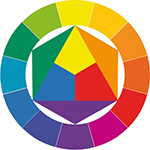
In Design, you will learn
- Learn Adobe Illustrator to create a digital illustration based on your flash fiction story from English
- One-point and two-point linear perspective drawing both by hand and digitally
- Character creation and development based on a fantasy creature compilation
- Design a location for your character
- Design clothing and costumes which best reflect your character’s storyline
- Create different poses and perspective angles of your character
- Understand how lighting affects objects
- Color theory and use of color schemes
- Understand the purpose of and create Mood Boards
- Elements of Art and Principles of Design
- Use iPad Pros
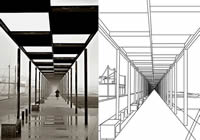
What's new? Illustrator, iPad Pros, Linear Perspective, Color Theory, Lighting, Elements of Art and Principles of Design, Fonts

What's new? Everything!
Previous Student Productions:
Project 3 - Documentary
For the Documentary Project, Juniors develop their documentary and communication skills to answer the question,
"How do you creatively and truthfully portray
a significant person, group, place, idea, or issue in the community?"
For the Junior Documentary Project, students will portray an intriguing person, group, place, idea, or issue, gathering primary and secondary research sources to develop a distinct perspective about their subject’s significance in the community and/or world. Students will produce documentary magazine articles or books, animationed documentaries, documentary films, documentary websites, and photogalleries. This unit emphasizes narrative-style journalism.
In Design, you will use Photoshop, Illustrator, and InDesign to:
- Learn InDesign (and use Photoshop and Illustrator) to produce a hardbound book
- Use speeds lights and reflected light in your photography
- C.R.A.P. and design layout
- Create an effective and moving photographic portrait of your documentary subject
- Analyze the difference between action shots vs staged poses
- Photoshop/Illustrator: more advanced editing techniques


What's new? InDesign, C.R.A.P., Portrait Photography and Speedlights, Color Schemes, and Font Pairing.
Book Examples - 2019, 2018, 2017,2016,2015, 2014, 2013, 2012, 2011, 2010, 2009, 2008, 2007
Magazine Article Examples - 2019, 2018, 2017, 2016, 2015, 2014,2013, 2012
Examples of previous units with different conceptual and technical emphasis - 2015, 2014, 2013 2011, 2010, 2009
Project 4 - Explorations
For the Explorations Project, all Junior Freestyle students will explore his/her own passion and improve upon a particular skill set that addresses 21st Century Skills. Ultimately, each student will share his/her exploration with classmates as their Semester 2 Final. Students will have production time in all classes to complete this project.
Details:
- All productions must ultimately become digital so that we can have a digital archive of your work to share with the world on our website.
- Topics are self-chosen but must address one of our 21st Century Skills - see below.
- Topics are self-chosen but must be related to your Elective class (Animation / Design / Film) and approved by your Elective class teacher. Elective class time will be solely dedicated for working on your Explorations Project - here are the details.
- In English, you will learn to write a lyrical essay by synthesizing poetry, narrative, and research.
- In Digital Media, you will mix and produce music and your Explorations Website.
Explorations Websites
Explorations Videos - During Semester 2 Finals, you will share your newly learned skills and we will all celebrate and learn more about you and your passion(s). All students will create a presentation to use for the celebration and to also document the Explorations Project along with your Explorations Website.
Design 2
- Canvas Course and Course Information Sheet
- Prerequisites:None
- Length: 1 year
- Credits: 10 Units
- UC/CSU: Yes "f"
- Weekly workload estimate: 45-60 min 3 nights 2-3 hrs/wk
Textbooks:
- Drawing on the Right Side of the Brain
- Design Elements
Course Description:
This yearlong Design course builds a foundation of visual arts skills and knowledge at the proficient level of the Visual and Performing arts content standards for grades 9-12. The first semester of Design 2 continues with the skills students learned in Design 1. Using the elements and principles of art and design, through a series of projects in various media, including traditional media such as pencil, ink, paint, paper, and photography as well as new media.
Students will also use Adobe Illustrator and Photoshop for various projects. Assignments based on design principles, color theory, and typography, emphasize the development of technical skills and a personal design vocabulary which serve as a foundation for more complex projects such as creation of photo essays, narrative photography projects, promotional products including logos, posters, and package design, and installations. Students will continue to generate a portfolio of work that can be used to demonstrate their abilities for college entrance or employment in the visual arts world.
The second semester of Design 2, continues the exploration of the elements and principles of visual design in a series of longer term, larger scale, more technically demanding projects. Assignments call for student's solutions to more complex design problems. Students are introduced to: symbolic and expressive use of color and experimentation with abstract, expressive, and representational approaches to composition and content. Media and techniques explored include drawing, printmaking, collage, illustration, painting, digitalmontage, advanced photography techniques, and use of found object and recycled materialsas design components. Possible projects include designing logos for and creating t-shirts, packaging and poster design, creation of thematic photography portfolios, creating narrative works for books, large-scale, two-dimensional works and installations. Students become proficient in Adobe Illustrator and Photoshop.
Design 2 Projects
Project 5 - Reflection
The Reflections Project challenges Seniors to explore a question that is at once simple and deeply complex:
"Who am I?"
Experimenting with personal as well as lyrical essay forms, students develop insights about their experiences and identities before translating those ideas visually in various kinds of image productions, video essays, websites, mandalas, and short animations. Students deepen their technical communication skills by learning more skills with a variety of modern professional equipment and applications such as Adobe Photoshop, Illustrator, After Effects, Premiere Pro, Substance Painter, Avid Pro Tools, Autodesk Maya, ZBrush, HTML/CSS/JavaScript, WordPress, and Google Apps.
In Design, you will
- Create a black and white photo/text diptych
- Expand and learn advanced Photoshop techniques
- Learn HDR photography
- Learn telephoto street photography
- How to manipulate text in Photoshop
- Use your listener lyric writing in English as a source of inspiration
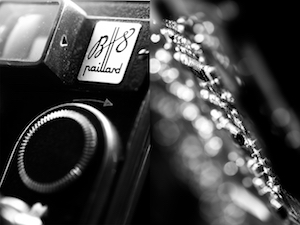
What's new? Black and white photography, telephoto lenses, HDR photography, diptychs, text manipulation, and art history exploration.
Project 6 - Narrative Perspectives
The Narrative Perspectives Project challenges Seniors with
"How well can you apply advanced narrative techniques to build a compelling story?"
By exploring various narrative points of view and experimenting with dialogue in their story writing, students develop more advanced storytelling techniques and ideas they apply in the creation of surreal compositions, movie posters, book jacket designs, screenplays, films, trailers, keyframe and motion caption animations, 3D layered art and videos, and JavaScript websites. Students deepen their technical communication skills by learning a variety of modern professional equipment and applications such as Adobe Photoshop, Adobe Illustrator, Photoshop, Premiere Pro, After Effects, Substance Painter, Avid Pro Tools, Autodesk Maya, ZBrush, and HTML/CSS/JavaScript with Visual Studio Code.
In Design, you will use Photoshop and Illustrator to
- Learn typography and create your own font
- Create a movie poster and ticket package based on a fictional self-developed story
- Create a marketing/branding package
- Learn macro photography
- Create a handmade book

What's new? Typography, minimalism and lo-fi design, package design, macro lenses, branding, interviewing a client, and design thinking.
Examples - 2018, 2018, 2017, 2017
Surrealism Examples - 2016, 2015, 2014, 2013, 2012, 2011, 2010
Project 7 - Zenith
The Zenith Project challenges Senior in their Elective Class only with:
and elevate your skills and experiences
to create your ultimate and most successful Freestyle project?"
You will complete the following between early March and the beginning of May:
- Choose your own project topic and form based on your passion, skills, and experiences.
- Here are a few documents to help you organize your project.
- Write a proposal for approval by your Production Teacher, including:
- Your own timeline of achievement goals (including scheduling and incremental deadlines)
- How you will use at least all eight Freestyle 21st Century Skills to develop your project
- A plan for assessment
- Follow your timeline and produce the media for your project in Animation, Design and Film class. You will still attend English and Digital Media classes as usual.
- Celebrate and share your Zenith Project informally (ungraded) to your similar Production Classmates including Juniors in early May. So all Film students will watch Film Zenith Presentations. All Animation students will watch Animation Zenith Presentations. All Design students will watch Design Zenith Presentations. Everyone in each Production Class will vote on the top three presentations. Then on the last day of presentations, the top 9 presentations will be repeated FOR ALL STUDENTS.
Previous Student Productions: Zenith Websites and Zenith Video Productions
Design
During Animation/Design/Film class time, you will work to produce your Zenith Project media that you have planned.
Project 8 - Portfolio Showcase
The purpose of this final Showcase Project is for Senior students to celebrate and demonstrate their growth at Freestyle by presenting information, findings, and supporting evidence to convey a clear and distinct perspective as a digital artist and receive feedback from professionals in a related field to their presentation content. An additional goal is for community professionals to provide feedback about the Freestyle Academy program based on Senior Portfolio Showcase presentations.
Using the professional vocabulary of the mediums, students will communicate a line of reasoning by presenting projects to a professional audience to elicit feedback with
- Strategic use of digital media - two Freestyle works (optional 1 non-Freestyle work) to feature the development of the artistic process from conception to completion
- Justify effective choices for meaning or style or design
- Demonstrate growth/discovery/development of passion, skills, talent, potential
Assignment:
- Produce a 5-minute presentation through a website, developing a distinct perspective of yourself as a digital artist through evidence of your growth across at least two Freestyle projects (optional 1 non-Freestyle work). Your deadline to have your Wordpress website completed is May 14th, 2018 so that we can send those links to the professionals who will review your work prior to your presentation with the goal of providing you more detailed feedback after your presentation.
- You will ultimately make your 5-minute presentation to a panel consisting of two community professionals related to your presentation content, a Freestyle teacher, and a panelist member that you choose to invite. All presentations are at Freestyle and are open to the public and you may invite family and friends to be part of the audience for your presentation.
- Here is the presentation schedule and panelist info.
- At the end of your presentation, the panelists will take 10 minutes to ask questions and provide you feedback about your presentation. The entire process time is maximum 15 minutes.
- In your 5-minute presentation, you will display your chosen projects and briefly discuss for each one:
- Demonstrate the development of the artistic process from conception to completion
- Justify effective choices for meaning or style or design
- Demonstrate growth/discovery/development of passion, skills, talent, potential
- Here is the Showcase Presentation Rubric
In English, you will:
- Reflect on body of Freestyle project work and evaluate most appropriate pieces to present to a specific professional audience member
- Organize and present work and reflections to elicit focused feedback about learning processes and outcomes as well as professional applications and opportunities
- Reflect on professional feedback
- Conduct professional communication with a professional reviewer
Presentation logistics
- Presentations will occur simultaneously in each of the 5 classrooms at Freestyle grouped according to content (Film content in Film room, Design content in the Design room, etc.)
- Each student will be assigned presentation time based on content so that we can provide the appropriate professional panelists for your topic.
- Each student must invite 1 person to be part of the panel and each student can invite any family and friends to be part of the audience for the presentation.
- Tuesday May 25, 2021 - 1st presentation starts at 6 PM
- Wednesday May 26, 2021 - 1st presentation starts at 6 PM
- Thursday May 27, 2021 - 1st presentation starts at 6 PM
- Line - https://www.youtube.com/watch?v=BDePyEFT1gQ
- Shape - https://www.youtube.com/watch?v=bJzGkZwkHt4
- Form - https://www.youtube.com/watch?v=9DIPs3T2dQk
- Texture - https://www.youtube.com/watch?v=YoOb3JSDAUo
- Value - https://www.youtube.com/watch?v=AAwYHNo31ZQ
- Color - https://www.youtube.com/watch?v=wWW_UbrkBEw
- Space - https://www.youtube.com/watch?v=U11B_0FCn6o
The tutorials below are specific to what we do at Freestyle Academy and our projects. Click on a link to view the tutorial. You will need Quicktime installed on your computer to view the movie tutorials.
PDF Documents
|
tutvid.com
Other video resources
- Wacom Tablet (minutes 2-14 only)
- Cameras Basics:
- Exposure:
- White Balance:
- Composition:
- Part 1: https://www.youtube.com/watch?v=NKolQSIHOqg
- Part 2: Rule of Thirds https://www.youtube.com/watch?v=pV-no8zT45Q
- Lighting - Speedlights and Flash:
- Part 1: https://www.youtube.com/watch?v=SHpmd0-1ZyE&list=PL9103F0B33BA9DC53
- Part 2: https://www.youtube.com/watch?v=eGMY3qj-EjU
- Reflecting existing or other light sources https://www.youtube.com/watch?v=ov-CyVRIVCA
- 3-point lighting https://www.youtube.com/watch?v=ZdukxocU9Ss
- Tools
- Healing Tool - https://www.youtube.com/watch?v=zJ_B9bbEe7M
- Pen Tool- https://www.youtube.com/watch?v=o-YywHSzPXM
- Photoshop
- Bridge
- Illustrator
- InDesign
- TBA
- Juniors
- QuickStory6: https://www.youtube.com/watch?v=_K5bqXIpl8M&t=2m52s
- Storyboard Quick: https://www.youtube.com/watch?v=_K5bqXIpl8M&autoplay=1
- Seniors
- Paragraph styles: https://www.youtube.com/watch?v=pJOpBQXFL1w
- Character styles: https://www.youtube.com/watch?v=aX9KX5Du4G0
- Threading text boxes: https://www.youtube.com/watch?v=Ots014F7ryM
Leslie Parkinson
Design Teacher since 2010

Leslie Parkinson
Email: Leslie.Parkinson@freestyleacademy.rocks or Leslie.Parkinson@mvla.net
Voicemail: 650-940-4650 x0094
Leslie Parkinson comes to Freestyle from Nipomo High School, located near Pismo Beach. During her six years at NHS she taught Design, Drawing, Painting, AP Art History, and AP Studio Art. She is a Cal Poly SLO alumnus, and received her Masters in Education from Chapman University. Her own art consists of mixed mediums, digital and canvas painting, as well as glass and fine metals. For many years her art was sold in many central coast galleries, and she hopes to establish herself in northern California galleries soon. Ms. Parkinson is over-joyed to be at Freestyle Academy, considering this her "dream job", and hopes to remain teaching here for many many years.
